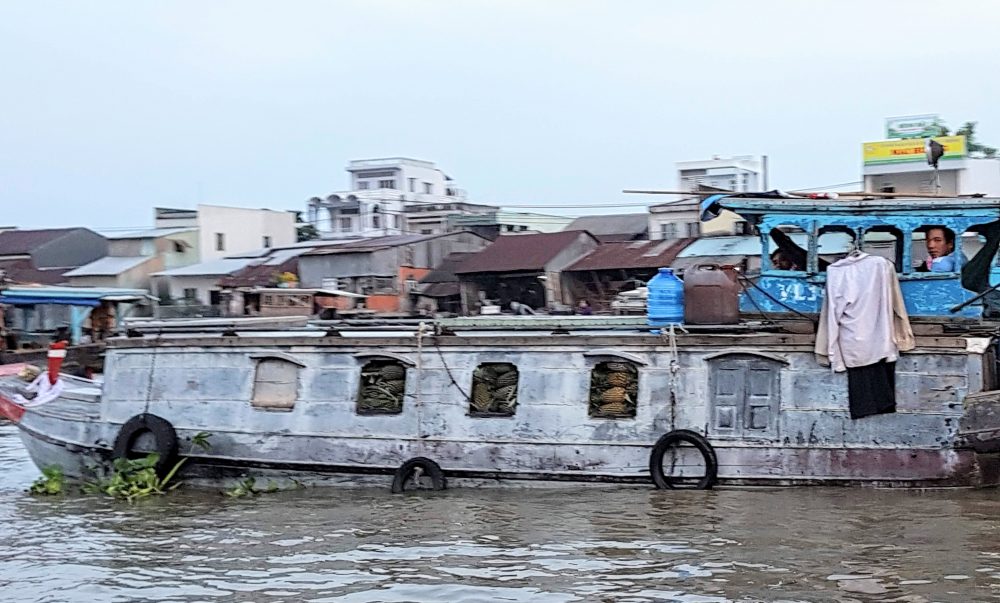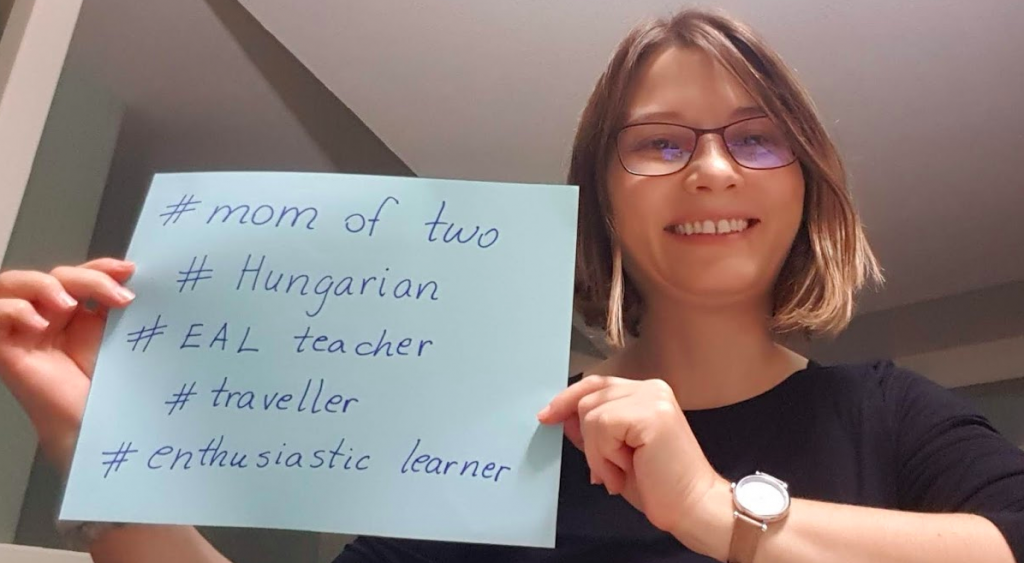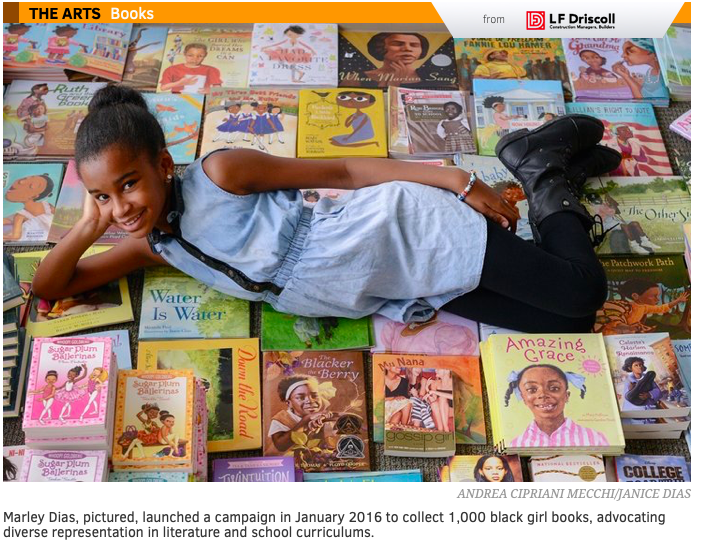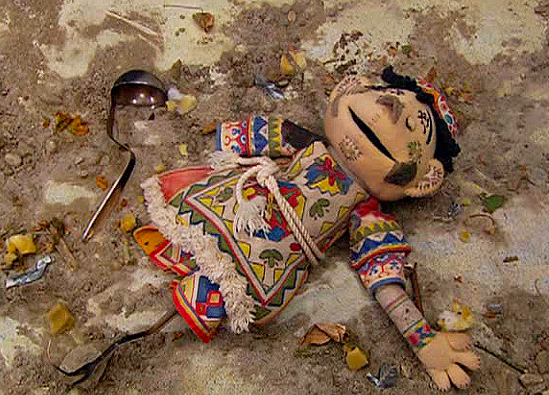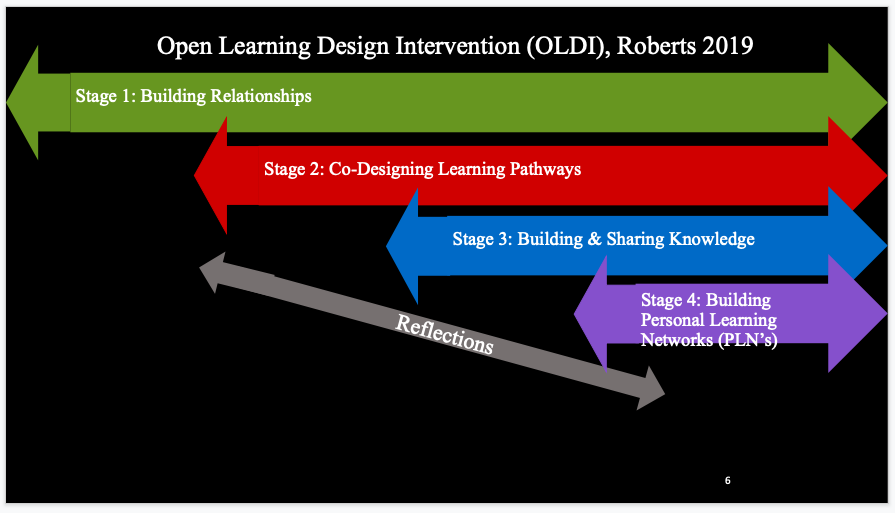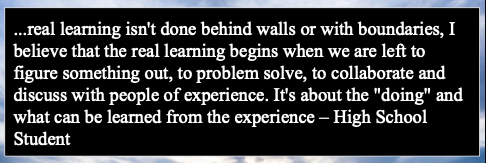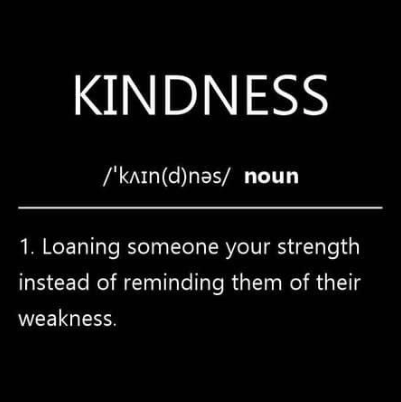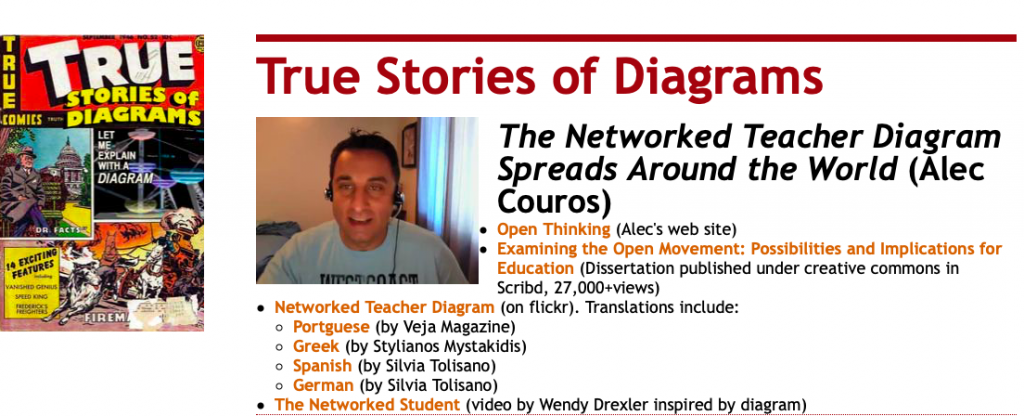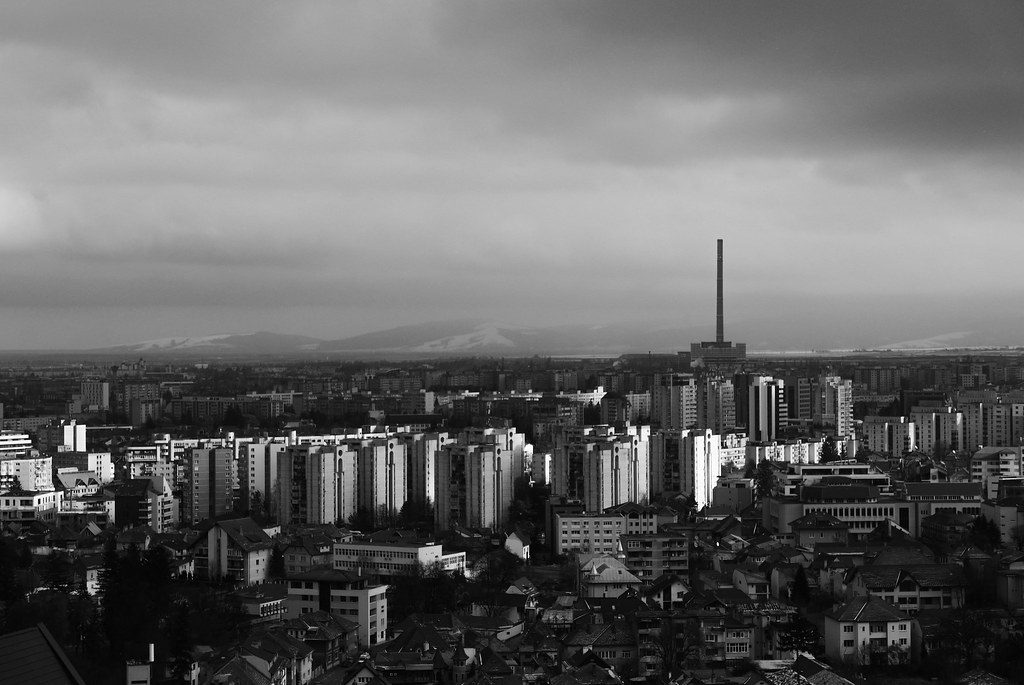I started out the semester using hashtag to describe myself without really knowing what it meant.
It certainly is a wonderful feeling to look back and compare myself with the person I was three months ago. I feel this class opened up my world. It helped me overcome my fear and be more active on social media. I still feel that keeping up with Twitter is very time consuming and overwhelming. There are so many valuable ideas and conversations if only there were enough hours in a day to be able to read and participate in all of them.
The most challenging part of this class was to share my podcasts on Twitter. Thankfully it turned out to be a rewarding experience. I figured out how to use Anchor all by myself and was able to record the major steps of my piano learning journey. Although being a support staff often makes it hard to incorporate things I learn as part of my classes, this time I was able to create a shorter podcast for grade 7/8 students incorporating an informative, persuasive and entertaining recording as part of their lesson on the author’s purpose. The students thought it was pretty cool. Talking about students, we never know who we are going to touch through our work. One day one of my students stopped me in the hallway asking if I was a YouTuber. I said not exactly but I do have YouTube videos such as my Summary of Learning from my EC&I 834 class. This student of mine stopped me in the hallway two days later with a huge smile on his face saying “Ms. Demeter! I subscribed to your channel”. I cannot believe that he came across my video without me ever mentioning it to anyone. I’m glad though that he checked it out and found it valuable.
Since this class gave me the opportunity to experiment with both, learning a new skill through face-to-face interaction and online resources, I came to the conclusion that I don’t really prefer one over the other. I feel they both have advantages and disadvantages and they can complement each other if a significant amount of time is invested in them. I also feel that building a relationship with my piano teacher during my face-to-face classes were extremely valuable in order to have guidance, and keep me on the right track when having no sense of direction.
I am thankful for the opportunity to listen to Dr. Roberts’ (2019) presentation on Open Educational Resources, as well as the follow up discussion lead by my colleague, Dean Vendramin in his podcast.
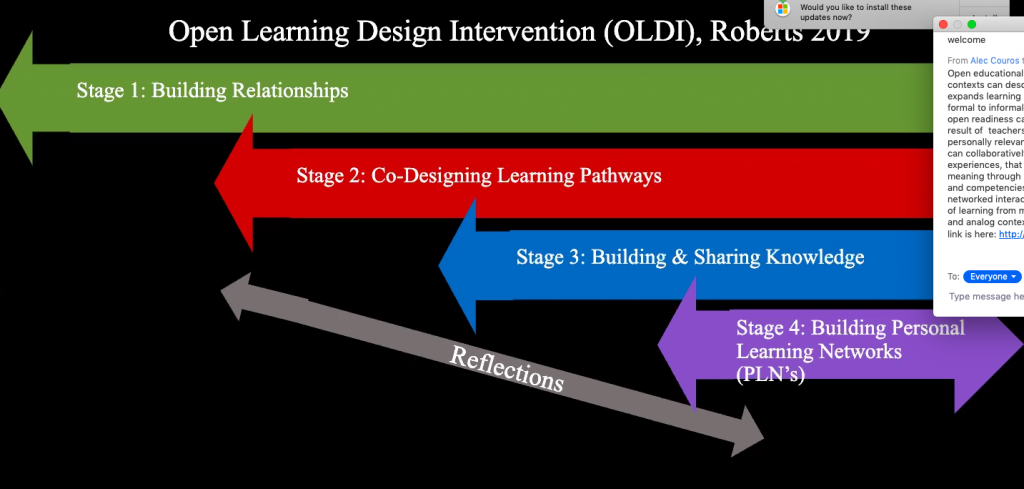
My biggest take away this semester is that I not only learnt about Open Educational Resources but also had a chance to immerse myself by practicing building relationships through social media, co-designing learning pathways while building my personal learning network through reflection and sharing. Having the opportunity to follow my peers’ learning journeys and reflections, as well as becoming familiar with the incredible work of a number of social activists, helped me realize how important the online world is when it comes to making great ideas flourish and staying connected.

As part of my Summary of Learning Podcast – EC&I 831, I decided to invite a very special friend of mine, Brandi to be my guest. Brandi, being a piano player, a Mom of three amazing children who also has teaching experience seemed to be my perfect guest to discuss social media and open educational resources in our personal and professional lives.
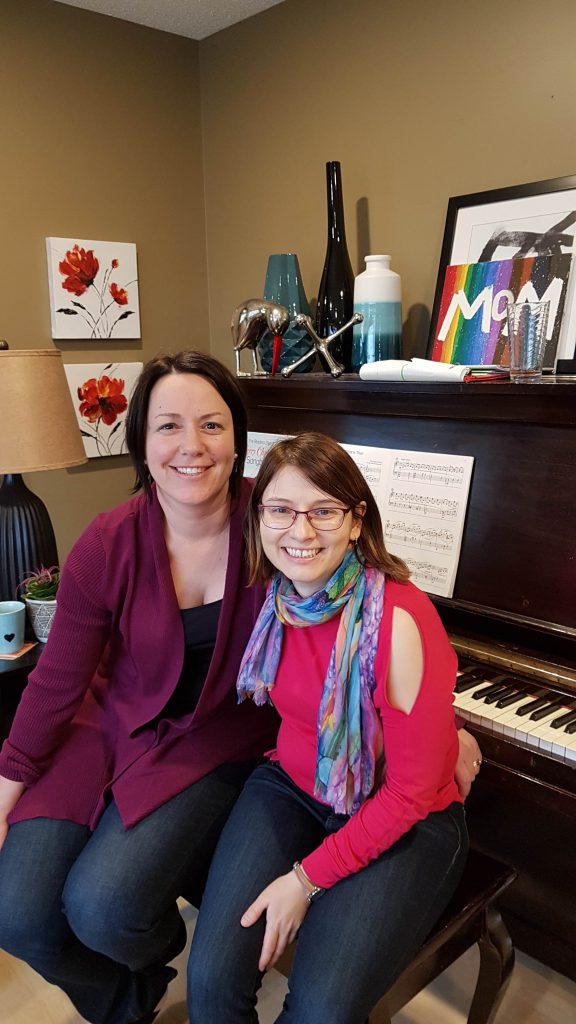
I would like to thank my Prof. Dr. Alec Couros for his support and his engaging, high quality online sessions as well as my colleagues for providing me with great ideas and encouraging me throughout the semester. Without you I wouldn’t have been able to do this. I would like to invite you to meet a true gem, Brandi, through my Summary of Learning Podcast.
Thank you!
